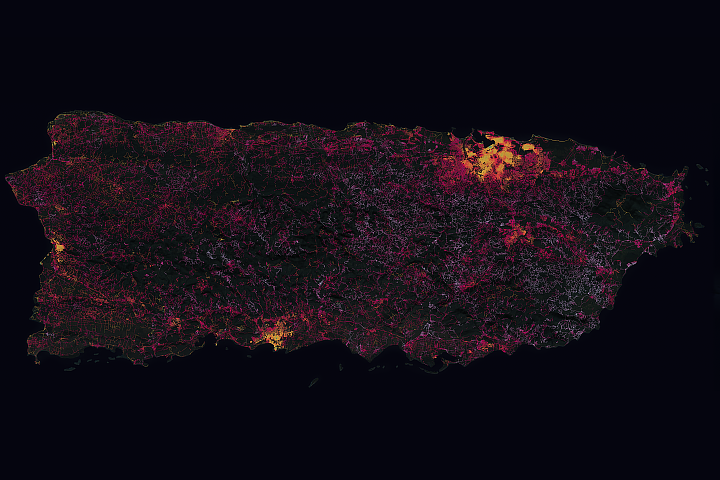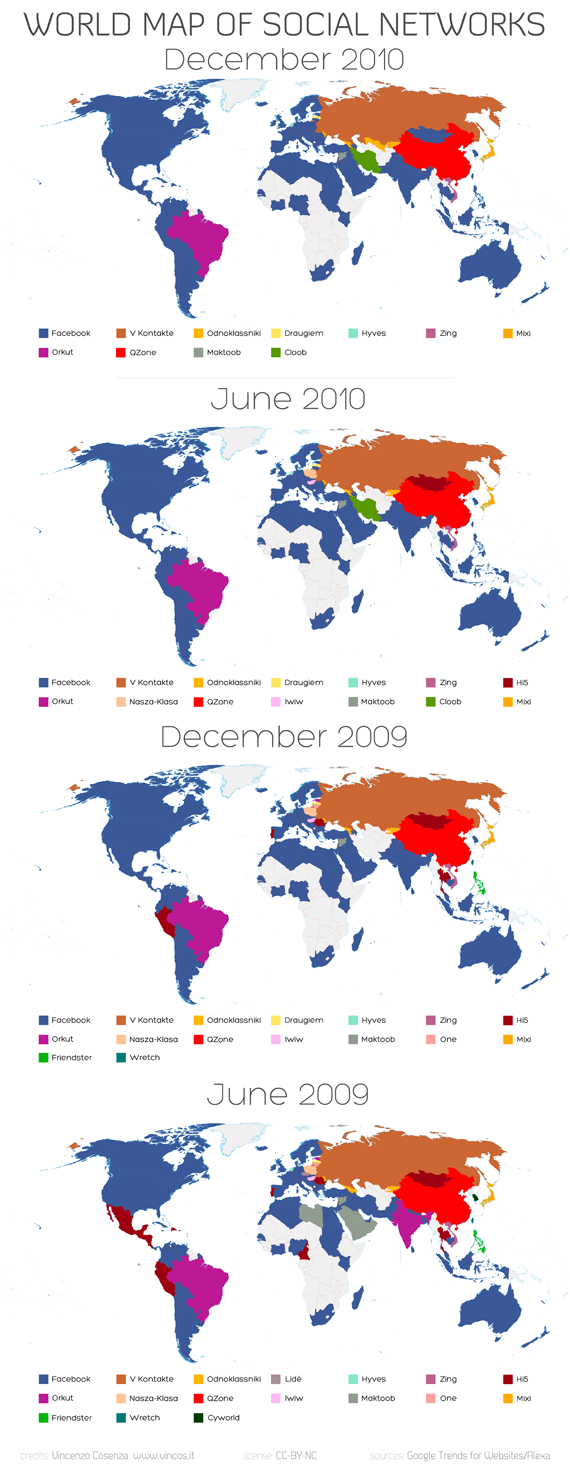.
America's Prairies: a historic opportunity for conservation action
.
.
.
Grasslands then and now provide numerous ecological benefits—from controlling erosion, to protecting water quality and providing essential habitat for wildlife.
.
Beginning a century ago, however, America began to lose its grasslands. Many of the species that thrived in them suffered, including grassland birds.
.
Grasslands Face Many Threats
The loss of the world’s grasslands began thousands of years ago with the advent of farming and intensified with the development of the steel plow and industrial-scale farming. The deep roots of prairie plants are responsible for making Midwest soils tremendously rich, which helped turn this region into an economic powerhouse for agriculture. Millions of people depend on the corn, soybean and other crops grown here, making these grasslands, in many ways, the breadbasket of the world.
.
A complex system of government agriculture policies also affects grassland loss. New technologies—such as herbicide-tolerant soybeans that allow planting into prairie sod—also encourage conversion.
.
The challenges to grasslands, however, extend beyond agriculture. They include the encroachment of harmful, non-native species, changes in how fire shaped this landscape, and pressures from development. Roads, fences and urban sprawl, for example, fragment what once was a whole, inter-related ecosystem into small, isolated remnants, making it more difficult for plants and animals to thrive.
.
Despite existing threats, the Conservancy believes that by working together, in partnership, both humankind and nature can thrive.
.
A male Greater prairie chicken "booming" on the prairie.
© The Nature Conservancy
Download video and audio of the Greater prairie chicken's elaborate courtship displays.Video
Low Resolution (1.7mb)
High Resolution (3.2mb)
(All files, Windows Media Video)
AudioMP3 Format (5mb)
.
Restoring What Was Lost and Protecting What Remains
Because so little native grassland remains, prairie restoration is critical, though expensive. A higher quality restoration can cost as much as $5,000 an acre, according to Princeton, Minn.-based Prairie Restorations Inc., which helps the Conservancy with various restoration projects throughout the state.
.
The benefits, however, are many. By strategically restoring lands that connect with existing prairies, the Conservancy and its partners can create larger landscapes that are capable of supporting a diversity of life, which science tells us is important for the long-term health of plants and animals.
.
The Conservancy is making great strides toward connecting existing prairies to create these larger landscapes, exemplified by the recent formation of the 35,000-acre Glacial Ridge National Wildlife Refuge, which has at its center the Conservancy’s Glacial Ridge project.















No comments:
Post a Comment